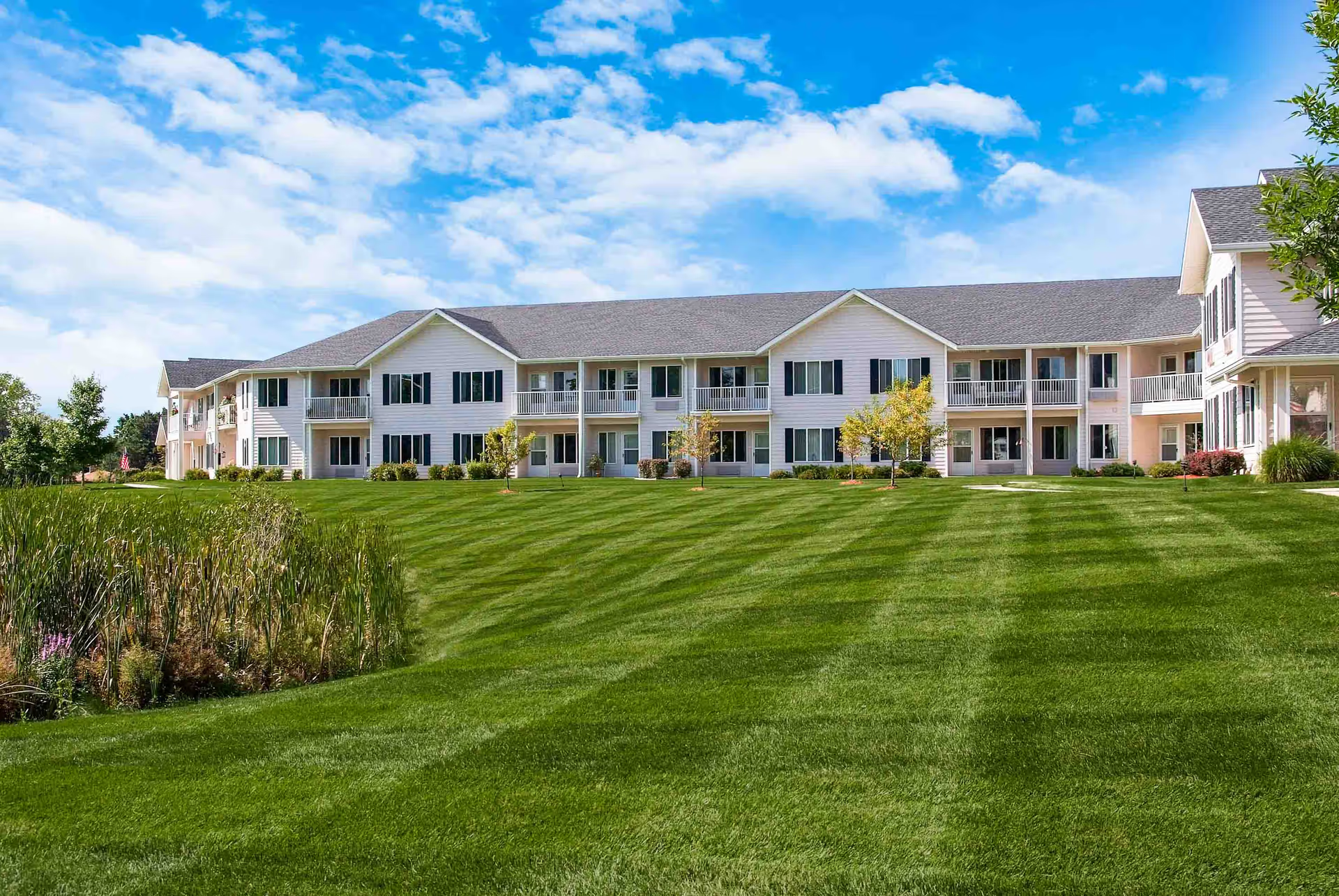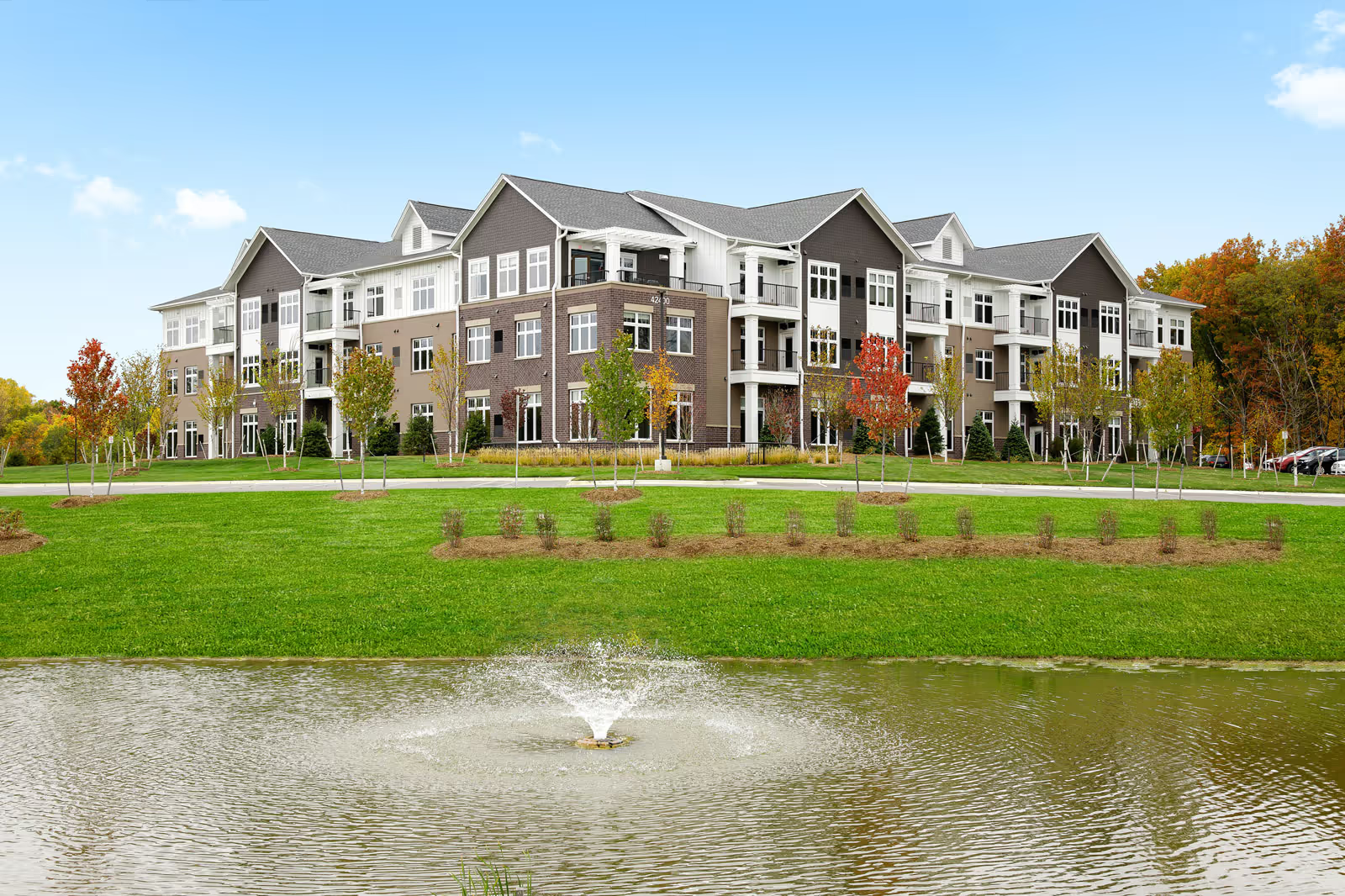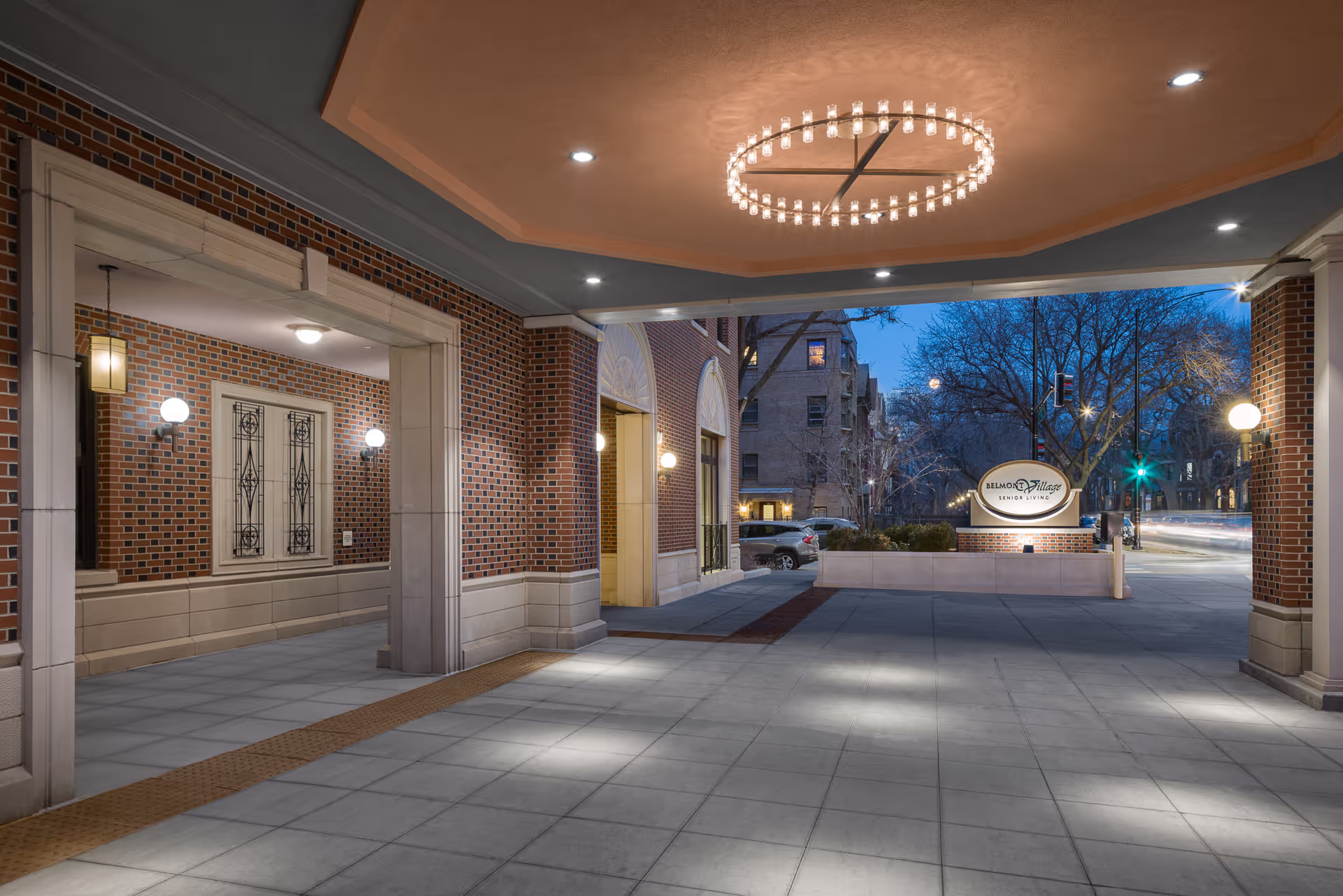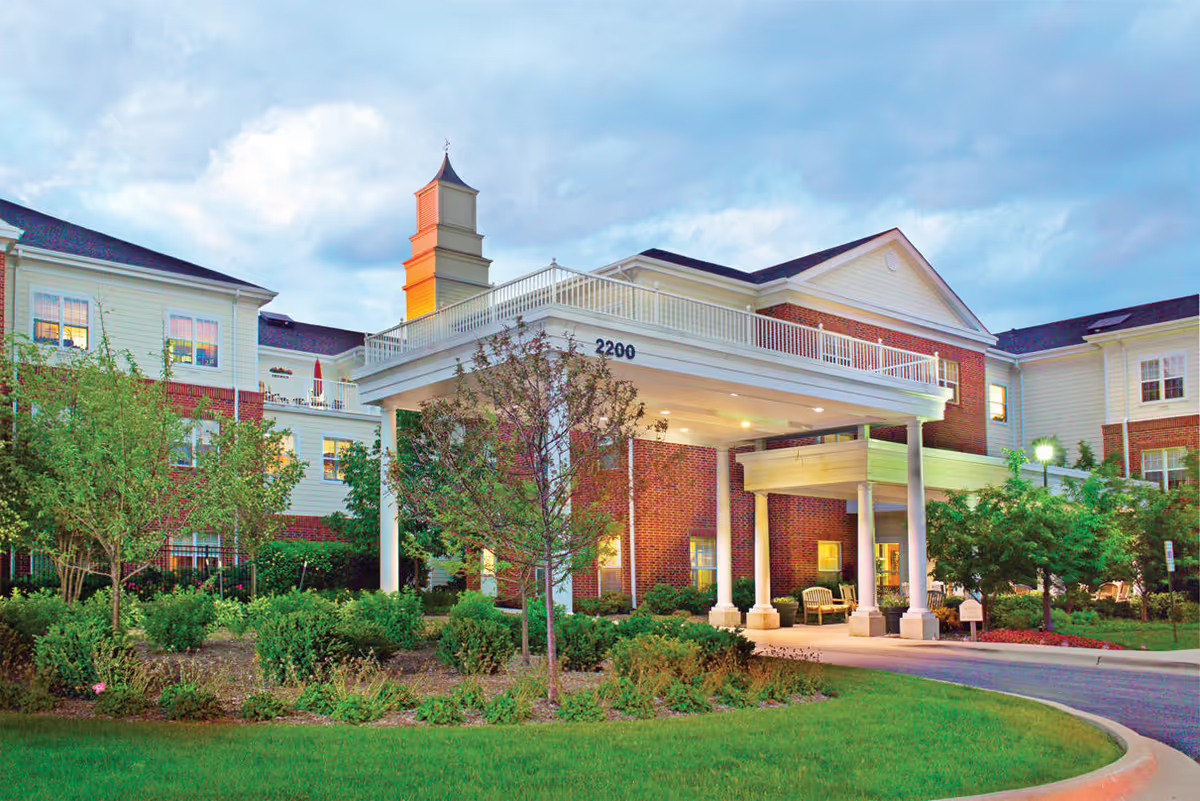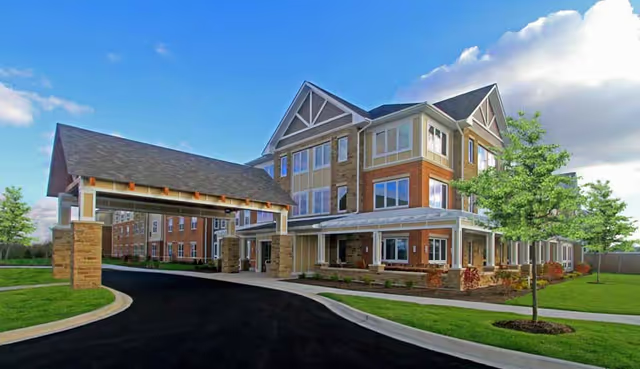The reviews for Maple Ridge Manor are strongly polarized, producing two distinct narratives: one of a new, attractive, family-run community with an engaging program and caring staff, and another of serious clinical and operational concerns that allege neglect, unsafe medication practices, and staffing failures. Many reviewers emphasize the physical environment and hospitality: the building is repeatedly described as beautiful, clean, state-of-the-art, and well-furnished, with attractive grounds. Amenities and common areas receive frequent praise — spa room, hairdresser, theater, library, family dining room — and reviewers repeatedly mention that the facility feels like a home rather than an institution. Owners being on-site, hands-on, and transparent is a common positive theme; several reviews name owners and leaders (including Jeanne and Howard, the administrator, and the director of nursing) as key contributors to a welcoming culture.
Staff and care quality are presented with mixed but strongly contrasting impressions. On the positive side, numerous reviewers call the staff compassionate, devoted, attentive, and professional; specific team members (Heather, Laura, Morgan, Grace, Myndy) and leadership are singled out for praise. Families report strong communication, personal attention, and staff who treat residents like family. Several accounts note meaningful clinical outcomes such as mobility improvement, and a resident-focused approach with activities and social programming that enhance quality of life. Dining is another frequently lauded area: mentions of a chef on staff, well-rounded meals, adequate portions, and residents enjoying the food appear multiple times.
Conversely, other reviewers describe chronic operational problems that raise safety and care-quality red flags. Multiple complaints point to understaffing and staff shortages that result in long waits for basic care and residents left unattended. There are repeated allegations that some staff are undertrained or even underaged (teens) and that licensed nursing presence (nurses/CNAs) is insufficient. Several very serious clinical allegations include overmedication, a reported morphine overdose, seizures, falls (including one leading to a broken hip), and claims that incident reports were not filed or incidents were not reported to state regulators. Additional accounts cite soiled briefs, rashes, and poor hygiene care, which suggest lapses in daily personal care and oversight. Some families accuse staff and management of dishonesty, refusal to call ambulances, manipulation, and mistreatment of patients and caregivers.
Activities, programming, and social life are consistently described as strengths by many reviewers. The facility offers a broad calendar: morning exercise and devotionals, afternoon games (cards, puzzles), live music events (Friday night), and social amenities that reviewers say keep residents engaged. Pet-friendliness and a family-like atmosphere are repeated positives. Still, reviewers highlighting neglect say the presence of activities and attractive common spaces does not mitigate clinical shortcomings for those residents who need closer supervision or skilled nursing care.
Affordability and transparency around cost are additional, though less frequent, themes. Several reviewers call Maple Ridge Manor expensive or unaffordable, and one comment explicitly contrasts beautiful marketing photos with a less favorable on-site reality. Taken together, the reviews indicate a notable split: a substantial group reports exemplary, compassionate care in a beautiful, well-run, owner-led home; a smaller but vocally critical group reports severe and potentially dangerous lapses in clinical practice, staffing, documentation, and management behavior.
Given the intensity and specificity of the negative allegations alongside many strong endorsements, the pattern suggests variability in either resident experience by unit or time, or inconsistencies in staffing and clinical processes. The most frequent positive elements are the facility's physical environment, owner involvement, engaging activities, good dining, and staff praised by name. The most serious and repeated negative elements are understaffing, inadequate/dangerous medication practices, lack of proper nursing oversight for memory-care residents, poor personal care outcomes, and allegations of management misconduct. Prospective families should weigh both sides of these reviews carefully and consider follow-up steps: ask about current staffing ratios and turnover, review state inspection and incident reports, inquire about medication administration protocols and training, tour during different times of day to observe care routines, and request references from current resident families — especially those with similar care needs to their loved one.
